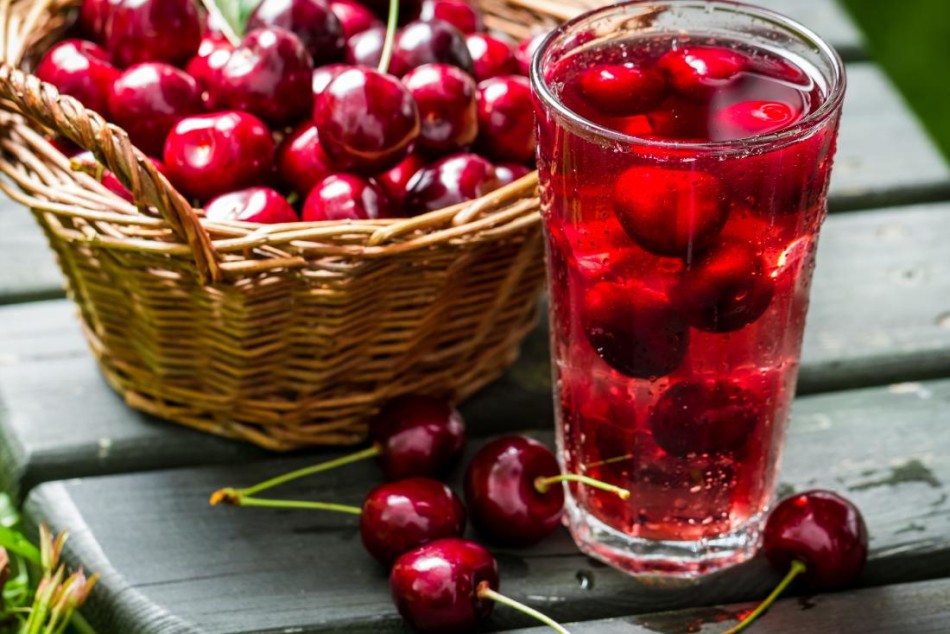Cherry juice and inflammation

Cherry juice and inflammation
1 min read
Cherry juice has long been used as a recovery strategy by athletes. Different types of cherries and their juices, such as tart cherry and Montmorency, have been studied for their effects on inflammation and use in improving sports performance or recovery from exercise. Cherry juice contains a significant source of anthocyanins, a type of polyphenol.
In one crossover randomised controlled trial (RCT), cyclists were given either 30ml Montmorency cherry juice or placebo prior to different sets of moderate to severe intensity bouts of cycling [1]. Researchers found that measures of power and performance were 10% higher after consuming the cherry juice.
A systematic review and meta-analysis of 10 RCTs found that, when consumed anywhere from 7 days to 1.5 hours prior to exercise, tart cherry juice or powder significantly improved endurance exercise performance [2].
Studies have also examined whether cherry juice can aid recovery after exercise. In one small RCT, 20 participants were randomised to either tart cherry juice or placebo for 8 days. On day 6 intermittent exercise was completed and markers of recovery assessed [3]. At 24- and 48-hours post-exercise, those in the tart cherry group showed significantly faster recovery than those in the placebo group.
An RCT in 37 older adults found that, after 12 weeks of consumption, drinking tart cherry juice significantly increased the plasma levels of DNA repair activity of certain enzymes and significantly reduced the levels of c-reactive protein (CRP), a marker of inflammation, compared to the control group [4].
A further crossover pilot study in 10 participants, consuming 240ml/day of either tart cherry juice or placebo for 4 weeks, found that a marker of chronic inflammation was lower when consuming the tart cherry juice [5].
In conclusion, there’s some evidence to suggest that, when consumed prior to exercise, cherry juice may help recovery and have a modest effect on exercise performance. Whether the benefits are clinically significant and can result in tangible benefits to those exercising needs further investigation in clinical trials.
References
1 Keane KM et al. (2018) https://pubmed.ncbi.nlm.nih.gov/29566443/
2 Gao R & Chilibeck PD (2020) https://pubmed.ncbi.nlm.nih.gov/31986108/
3 Quinlan R & Hill JA (2019) https://pubmed.ncbi.nlm.nih.gov/31614329
4 Chai SC et al. (2019) https://pubmed.ncbi.nlm.nih.gov/30678193/
5 Martin KR et al. (2018) https://pubmed.ncbi.nlm.nih.gov/30255184/
